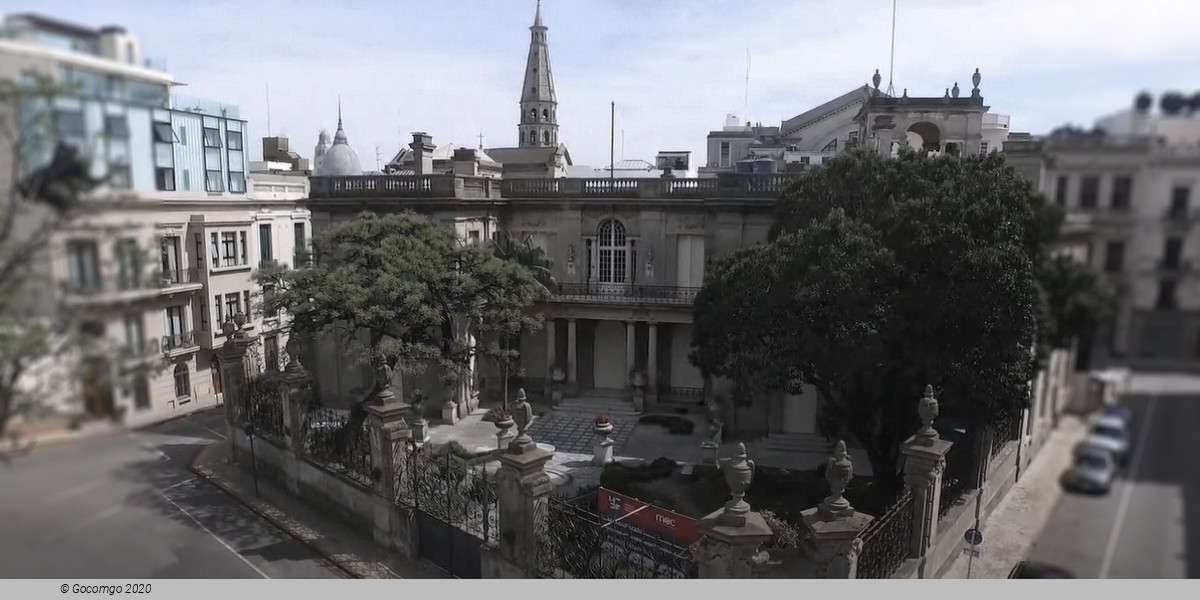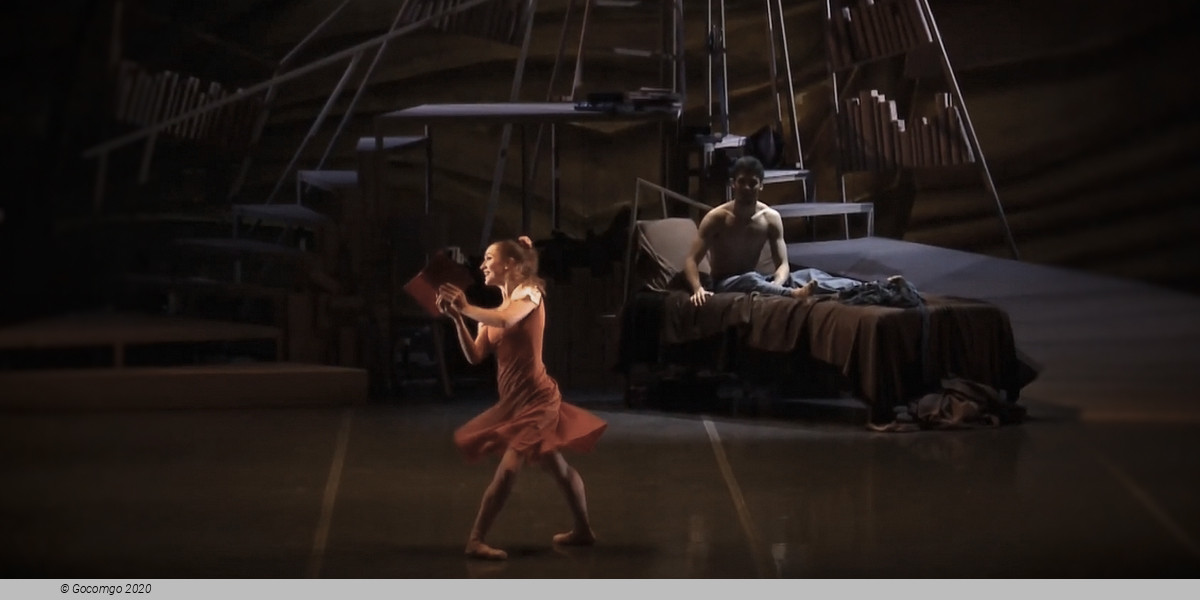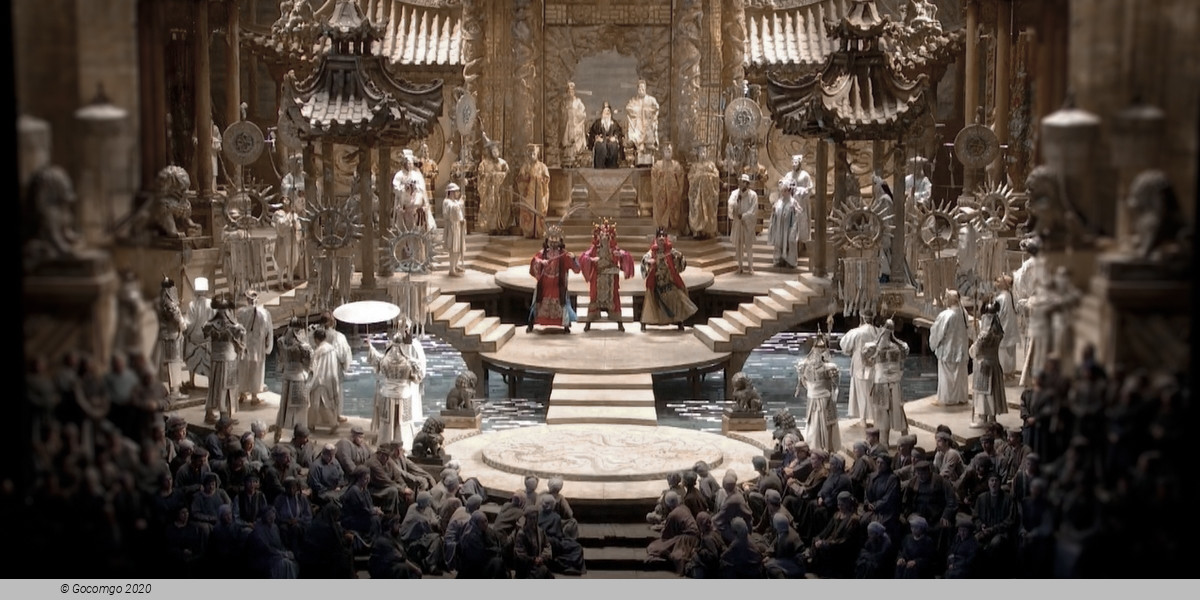Venues in Montevideo

Montevideo is the capital and largest city of Uruguay. According to the 2011 census, the city proper has a population of 1,319,108 (about one-third of the country's total population) in an area of 201 square kilometres (78 sq mi). The southernmost capital city in the Americas, Montevideo is situated on the southern coast of the country, on the northeastern bank of the Río de la Plata. The city was established in 1724 by a Spanish soldier, Bruno Mauricio de Zabala, as a strategic move amidst the Spanish-Portuguese dispute over the platine region. It was also under brief British rule in 1807. Montevideo is the seat of the administrative headquarters of Mercosur and ALADI, Latin America's leading trade blocs, a position that entailed comparisons to the role of Brussels in Europe.
History
Early history
Between 1680 and 1683, Portugal founded the city of Colonia do Sacramento in the region across the bay from Buenos Aires. This city met with no resistance from the Spanish until 1723, when they began to place fortifications on the elevations around Montevideo Bay. On 22 November 1723, Field Marshal Manuel de Freitas da Fonseca of Portugal built the Montevieu fort.
A Spanish expedition was sent from Buenos Aires, organized by the Spanish governor of that city, Bruno Mauricio de Zabala. On 22 January 1724, the Spanish forced the Portuguese to abandon the location and started populating the city, initially with six families moving in from Buenos Aires and soon thereafter by families arriving from the Canary Islands who were known as Guanches or Canarians. There was also one significant early Italian resident by the name of Jorge Burgues.
A census of the city's inhabitants was performed in 1724 and then a plan was drawn delineating the city and designating it as San Felipe y Santiago de Montevideo, later shortened to Montevideo. The census counted fifty families of Galician and Canary Islands origin, more than 1000 indigenous people, mostly Guaraní, as well as Black African slaves of Bantu origin.
A few years after its foundation, Montevideo became the main city of the region north of the Río de la Plata and east of the Uruguay River, competing with Buenos Aires for dominance in maritime commerce. The importance of Montevideo as the main port of the Viceroyalty of the Río de la Plata brought it in confrontations with the city of Buenos Aires in various occasions, including several times when it was taken over to be used as a base to defend the eastern province of the Viceroyalty from Portuguese incursions.
In 1776, Spain made Montevideo its main naval base (Real Apostadero de Marina) for the South Atlantic, with authority over the Argentine coast, Fernando Po, and the Falklands.
Until the end of the 18th century, Montevideo remained a fortified area, today known as Ciudad Vieja.
19th century
On 3 February 1807, British troops under the command of General Samuel Auchmuty and Admiral Charles Stirling occupied the city during the Battle of Montevideo (1807), but it was recaptured by the Spanish in the same year on 2 September when John Whitelocke was forced to surrender to troops formed by forces of the Banda Oriental—roughly the same area as modern Uruguay—and of Buenos Aires. After this conflict, the governor of Montevideo Francisco Javier de Elío opposed the new viceroy Santiago de Liniers, and created a government Junta when the Peninsular War started in Spain, in defiance of Liniers. Elío disestablished the Junta when Liniers was replaced by Baltasar Hidalgo de Cisneros.
During the May Revolution of 1810 and the subsequent uprising of the provinces of Rio de la Plata, the Spanish colonial government moved to Montevideo. During that year and the next, Uruguayan revolutionary José Gervasio Artigas united with others from Buenos Aires against Spain. In 1811, the forces deployed by the Junta Grande of Buenos Aires and the gaucho forces led by Artigas started a siege of Montevideo, which had refused to obey the directives of the new authorities of the May Revolution. The siege was lifted at the end of that year, when the military situation started deteriorating in the Upper Peru region.
The Spanish governor was expelled in 1814. In 1816, Portugal invaded the recently liberated territory and in 1821, it was annexed to the Banda Oriental of Brazil. It was named Imperial City by Emperor Pedro I when the city was part of the Empire of Brazil as capital of the Cisplatina province. Juan Antonio Lavalleja and his band called the Treinta y Tres Orientales ("Thirty-Three Orientals") re-established the independence of the region in 1825. Uruguay was consolidated as an independent state in 1828, with Montevideo as the nation's capital. In 1829, the demolition of the city's fortifications began and plans were made for an extension beyond the Ciudad Vieja, referred to as the "Ciudad Nueva" ("new city"). Urban expansion, however, moved very slowly because of the events that followed.
Uruguay's 1830s were dominated by the confrontation between Manuel Oribe and Fructuoso Rivera, the two revolutionary leaders who had fought against the Empire of Brazil under the command of Lavalleja, each of whom had become the caudillo of their respective faction. Politics were divided between Oribe's Blancos ("whites"), represented by the National Party, and Rivera's Colorados ("reds"), represented by the Colorado Party, with each party's name taken from the colour of its emblems. In 1838, Oribe was forced to resign the presidency; he established a rebel army and began a long civil war, the Guerra Grande, which lasted until 1851.
The city of Montevideo suffered a siege of eight years between 1843 and 1851, during which it was supplied by sea with British and French support. By 1843 Montevedio's population of thirty thousand inhabitants was highly cosmopolitan with Uruguayans making up only a third of it. The remaining were chiefly Italian (4205), Spanish (3406), Argentine (2.553), Portuguese (659), English (606) and Brazilians (492). Oribe, with the support of the then conservative Governor of Buenos Aires Province Juan Manuel de Rosas, besieged the Colorados in Montevideo, where the latter were supported by the French Legion, the Italian Legion, the Basque Legion and battalions from Brazil. Finally, in 1851, with the additional support of Argentine rebels who opposed Rosas, the Colorados defeated Oribe. The fighting, however, resumed in 1855, when the Blancos came to power, which they maintained until 1865. Thereafter, the Colorado Party regained power, which they retained until past the middle of the 20th century.
After the end of hostilities, a period of growth and expansion started for the city. In 1853 a stagecoach bus line was established joining Montevideo with the newly formed settlement of Unión and the first natural gas street lights were inaugurated. From 1854 to 1861 the first public sanitation facilities were constructed. In 1856 the Teatro Solís was inaugurated, 15 years after the beginning of its construction. By Decree, in December 1861 the areas of Aguada and Cordón were incorporated to the growing Ciudad Nueva (New City). In 1866, an underwater telegraph line connected the city with Buenos Aires. The statue of Peace, La Paz, was erected on a column in Plaza Cagancha and the building of the Postal Service as well as the bridge of Paso Molino were inaugurated in 1867.
In 1868, the horse-drawn tram company Compañía de Tranvías al Paso del Molino y Cerro created the first lines connecting Montevideo with Unión, the beach resort of Capurro and the industrialized and economically independent Villa del Cerro, at the time called Cosmopolis. In the same year, the Mercado del Puerto was inaugurated. In 1869, the first railway line of the company Ferrocarril Central del Uruguay was inaugurated connecting Bella Vista with the town of Las Piedras. During the same year and the next, the neighbourhoods Colón, Nuevo París and La Comercial were founded. The Sunday market of Tristán Narvaja Street was established in Cordón in 1870. Public water supply was established in 1871. In 1878, Bulevar Circunvalación was constructed, a boulevard starting from Punta Carretas, going up to the north end of the city and then turning west to end at the beach of Capurro. It was renamed Artigas Boulevard in 1885. By Decree, on 8 January 1881, the area Los Pocitos was incorporated to the Novísima Ciudad (Most New City).
The first telephone lines were installed in 1882 and electric street lights took the place of the gas operated ones in 1886. The Hipódromo de Maroñas started operating in 1888, and the neighbourhoods of Reus del Sur, Reus del Norte and Conciliación were inaugurated in 1889. The new building of the School of Arts and Trades, as well as Zabala Square in Ciudad Vieja were inaugurated in 1890, followed by the Italian Hospital in 1891. In the same year, the village of Peñarol was founded. Other neighbourhoods that were founded were Belgrano and Belvedere in 1892, Jacinto Vera in 1895 and Trouville in 1897. In 1894 the new port was constructed, and in 1897, the Central Railway Station of Montevideo was inaugurated.
20th century
In the early 20th century, many Europeans (particularly Spaniards and Italians but also thousands from Central Europe) immigrated to the city. In 1908, 30% of the city's population of 300,000 was foreign-born. In that decade the city expanded quickly: new neighbourhoods were created and many separate settlements were annexed to the city, among which were the Villa del Cerro, Pocitos, the Prado and Villa Colón. The Rodó Park and the Estadio Gran Parque Central were also established, which served as poles of urban development.
During the early 20th century, Uruguay saw huge social changes with repercussions primarily in urban areas. Among these changes were the right of divorce (1907) and women's right to vote.
The 1910s saw the construction of Montevideo's Rambla; strikes by tram workers, bakers and port workers; the inauguration of electric trams; the creation of the Municipal Intendencias; and the inauguration of the new port.
In 1913, the city limits were extended around the entire gulf. The previously independent localities of the Villa del Cerro and La Teja were annexed to Montevideo, becoming two of its neighborhoods.
During the 1920s, the equestrian statue of Artigas was installed in Plaza Independencia; the Palacio Legislativo was built; the Spanish Plus Ultra flying boat arrived (the first airplane to fly from Spain to Latin America, 1926); prominent politician and former president José Batlle y Ordóñez died (1929); and ground was broken (1929) for the Estadio Centenario (completed 1930).
During World War II, a famous incident involving the German pocket battleship Admiral Graf Spee took place in Punta del Este, 200 kilometers (120 mi) from Montevideo. After the Battle of the River Plate with the Royal Navy and Royal New Zealand Navy on 13 December 1939, the Graf Spee retreated to Montevideo's port, which was considered neutral at the time. To avoid risking the crew in what he thought would be a losing battle, Captain Hans Langsdorff scuttled the ship on 17 December. Langsdorff committed suicide two days later. The eagle figurehead of the Graf Spee was salvaged on 10 February 2006; to protect the feelings of those still sensitive to Nazi Germany, the swastika on the figurehead was covered as it was pulled from the water.
Uruguay began to stagnate economically in the mid-1950s; Montevideo began a decline, later exacerbated by widespread social and political violence beginning in 1968 (including the emergence of the guerrilla Movimiento de Liberación Nacional-Tupamaros) and by the Civic-military dictatorship of Uruguay (1973-1985). There were major problems with supply; the immigration cycle was reversed.
From the 1960s to the end of the dictatorship in 1985, around one hundred people died or disappeared because of the political violence. In 1974 another hundred Uruguayans also disappeared in Argentina. In 1980, the dictatorship proposed a new constitution. The project was submitted to referendum and rejected in the first polls since 1971, with 58% of the votes against and 42% in favour. The result weakened the military and triggered its fall, allowing the return of democracy.
In the 1980s, Pope John Paul II visited the city twice. In April 1987, as head of state of Vatican, he signed a mediation agreement for the conflict of the Beagle Channel. He also held a large mass in Tres Cruces, declaring the cross located behind the altar as a monument. In 1988, he returned to the country, visiting Montevideo, Florida, Salto and Melo.
21st century
The 2002 Uruguay banking crisis affected several industries of Montevideo. In 2017, the city has maintained 15 years of economic growth, with a GDP of $44 billion, and a GDP per capita of $25,900
Montevideo has consistently been rated as having the highest quality of life of any city in Latin America: by 2015 it held this rank every year during the decade through 2014.



